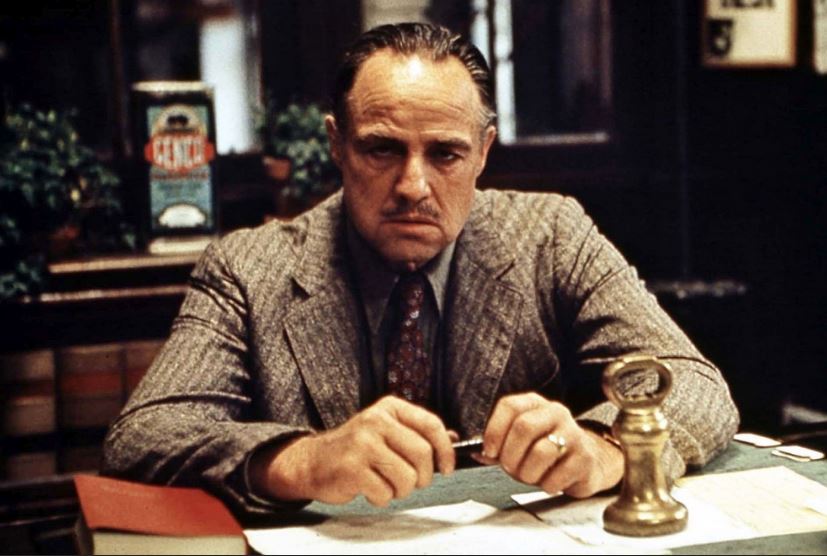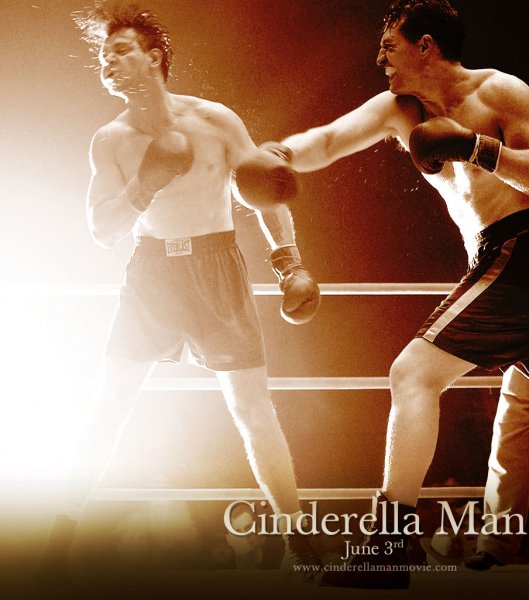By Doug “Uncola” Lynn via TheBurningPlatform.com
We read to know we’re not alone.
Although that particular truism is often mistakenly attributed to the author C.S. Lewis, it was actually William Nicholson who wrote those words in his 1989 play “Shadowlands”, a story about C.S. Lewis.
Indeed. The power of words. And perhaps many of us out here in the interwebic blogosphere write to know we’re not alone as well.
Especially during times like these.
We use words to comfort and curse, to encourage, to promise, to teach, buy, sell, debate, learn, manipulate, lie, share, seduce, pray, preach, promote, warn, and even survive.
In the aforementioned play, “Shadowlands“, there is another quote that many now reading this may also find relevant to our times:
….pain is God’s megaphone to rouse a deaf world. Why must it be pain? Why can’t he rouse us more gently, with violins or laughter? Because the dream from which we must be wakened, is the dream that all is well.





 Courtesy Paramount Pictures. “The Godfather Notebook” (Regan Arts), Francis Ford Coppola
Courtesy Paramount Pictures. “The Godfather Notebook” (Regan Arts), Francis Ford Coppola



